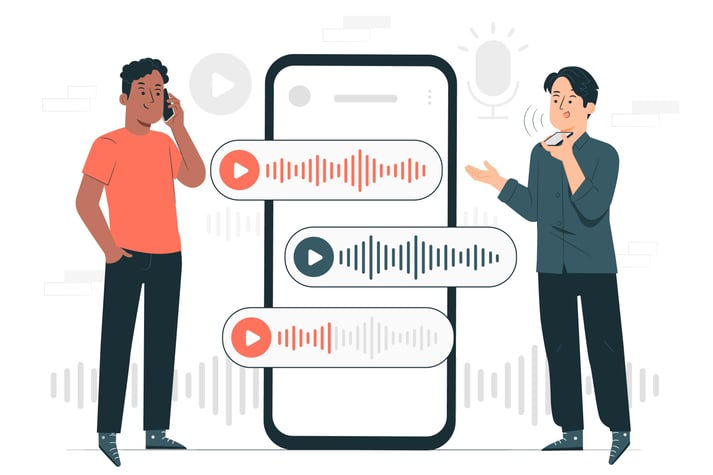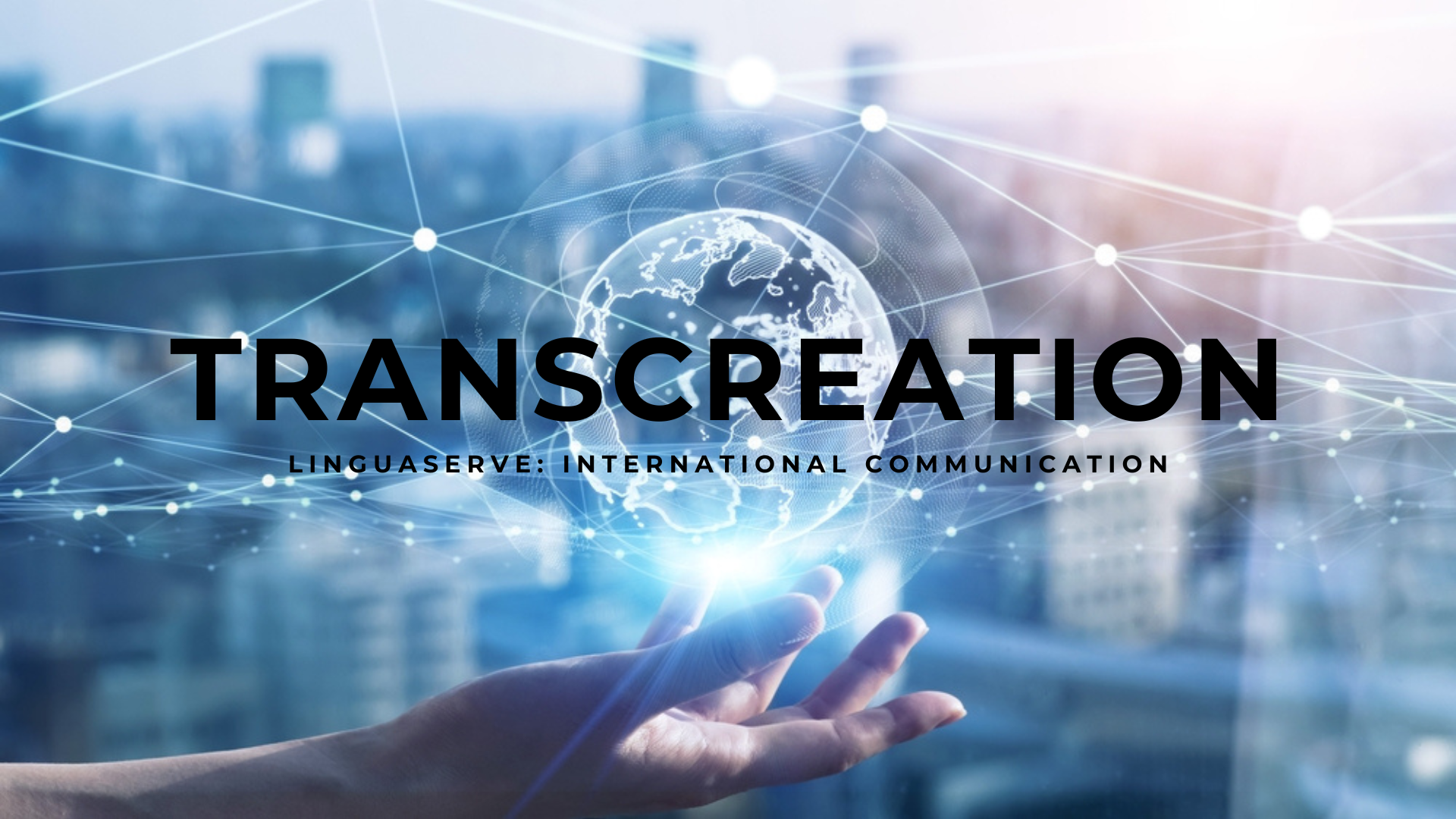Speech recognition technology, at the forefront of tech evolution, is revolutionizing translation. It effortlessly converts spoken words from one language into written text in another, transforming recorded content and live conversations.
At its core, speech recognition, an exceptional facet of artificial intelligence, is redefining human-computer interaction. Its primary task? To accurately detect, comprehend, and transcribe spoken words into written form. But the implications are far-reaching, especially for the translation industry.
Today, the role of the language expert is undergoing a significant transformation with the integration of speech recognition technologies. And we're not just talking about automatic subtitling. This is about leveraging artificial intelligence in translation similar to how interpreters operate at high-stakes conferences or press events.
Using Speech Recognition in Interpretation: A Linguaserve Perspective
Presented by Linguaserve, a pioneer in advanced translation technologies, we explore three groundbreaking applications of voice recognition in interpreting spoken content.
Imagine the ease of interpreting for international business meetings, especially those happening via video calls. This technology caters to a spectrum of scenarios, from multi-company collaborations to internal communications across global branches:
- Online or Hybrid Events
The utility of Artificial Intelligence shines in live event interpretation. Emulating the role of human interpreters, this technology offers a key advantage: instant speech interpretation, ideal for online or hybrid events where language selection options for remote attendees are limited. - Corporate Presentations
In today's corporate world, replete with presentations in various formats, speech recognition is a game-changer. Businesses can now translate presentations in real time, ensuring multilingual accessibility with unprecedented speed. - Online Courses or Training Programs
For in-house training or online educational platforms, speech recognition integrated interpretation is invaluable. This approach ensures uniform training material availability in multiple languages, fostering consistent internal training and attracting a global student base.
While these tools represent a significant advancement in translation-related applications for both personal and professional use, they are not without their challenges. That’s why it is advisable to complement these tools with human post-editing. Why? To address:
- The nuanced comprehension of diverse accents, dialects, and local expressions.
- The ability to accurately interpret at natural speaking speeds, enhancing efficiency.
This highlights the necessity of a balanced approach: leveraging cutting-edge technology while ensuring the precision only expert human translators can provide.
Pioneering New Frontiers in Healthcare and Emergency Services
Speech recognition technology in translation is not just revolutionizing the business and education sectors; it's also making critical inroads in healthcare and emergency response services. Here's how:
- Healthcare Communication
In healthcare, clear and accurate communication can be a matter of life and death. Speech recognition technology enables healthcare professionals to communicate effectively with patients who speak different languages. This technology is vital in interpreting patient symptoms, medical histories, and treatment plans, ensuring that no vital information is lost in translation.
- Emergency Response Services
During emergencies, time is of the essence. Speech recognition technology can be a lifesaver in situations where first responders and victims speak different languages. By providing real-time interpreptation, it aids in faster assessment and response, helping save lives in critical situations.
Expanding the Horizons in Customer Service and Tourism
The impact of speech recognition technology in the field of translation extends to customer service and the tourism industry as well.
- Customer Support Centers
Global businesses often face language barriers in customer support. Speech recognition technology allows customer service representatives to provide support in multiple languages, enhancing customer satisfaction and engagement. - Tourism and Travel
For travelers navigating foreign countries, language barriers can be daunting. Speech recognition technology in translation helps bridge this gap, providing tourists with real-time interpretation for interactions, whether it's at hotels, restaurants, or tourist attractions. This not only enhances the travel experience but also opens up new opportunities for the tourism industry.
The Environmental and Accessibility Impact
This technology also contributes positively to environmental sustainability and accessibility:
- Reducing Paper Waste
By digitizing the translation process, speech recognition technology helps in reducing the need for printed translation materials, contributing to environmental conservation. - Enhancing Accessibility
For individuals with disabilities, such as those who are deaf or hard of hearing, speech recognition technology in translation can provide real-time text versions of spoken language, making information more accessible.

Linguaserve’s Advanced Speech Recognition: A Leader in Global Communication
Linguaserve isn’t just using speech recognition technology; we’re redefining it. Our team is dedicated to developing AI algorithms that set new standards in accuracy and speed, keeping us ahead in the industry.
- Customized Solutions Across Industries
We specialize in tailored speech recognition solutions for various sectors. From corporate to healthcare, our technology meets unique industry needs, exceeding client expectations with its adaptability and precision. - Commitment to Innovation
Linguaserve is dedicated to continuous improvement and innovation. We invest significantly in research and development, ensuring that our speech recognition technology stays at the forefront of the industry. Our focus on enhancing machine learning models and AI efficiency puts us at the cutting edge, offering our clients the most advanced and effective translation tools available. - Empowering Businesses Globally
Linguaserve’s technology breaks down language barriers, which is essential for international business success. Our solutions enhance collaboration and provide a competitive edge, making us a key partner in global business communication.
The Future of Speech Recognition in the Translation Industry
As we look to the future, the possibilities of speech recognition technology in the area of translation are boundless. With continuous advancements in AI and machine learning, the accuracy and efficiency of this technology will only improve, breaking down language barriers in more sectors and creating a more interconnected world.
Linguaserve is at the forefront of this transformative journey, committed to harnessing the power of speech recognition in translation to create a more inclusive and connected world. Join us in embracing this remarkable technology that transcends languages and cultures.








